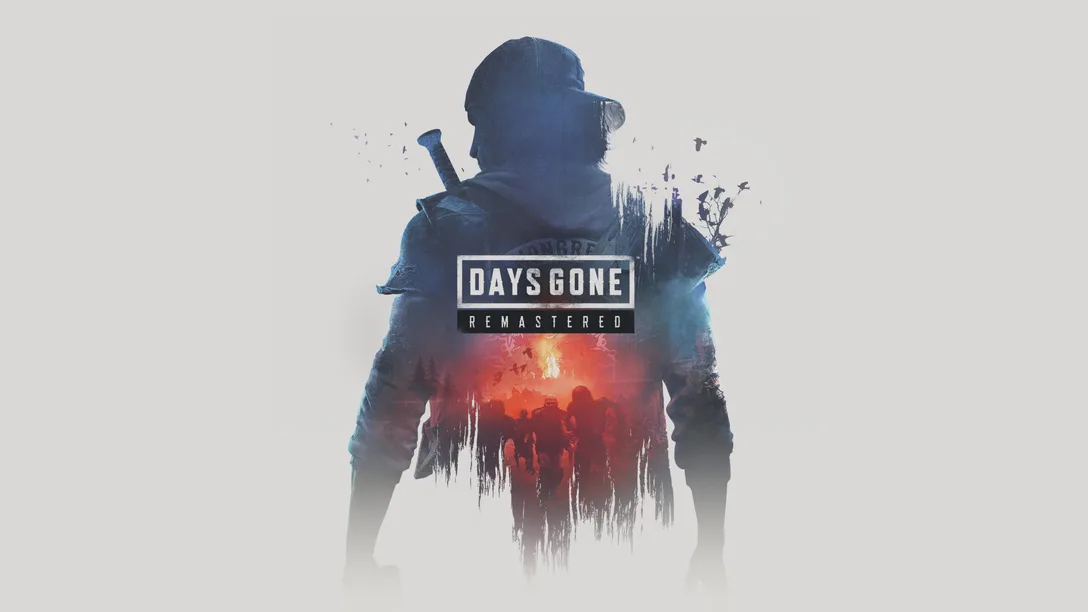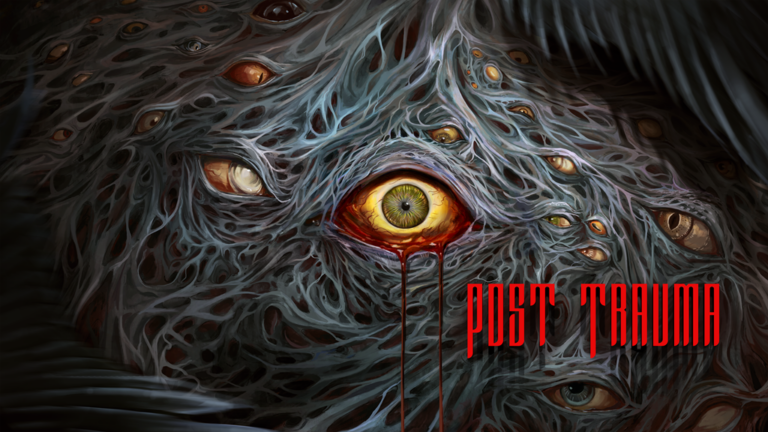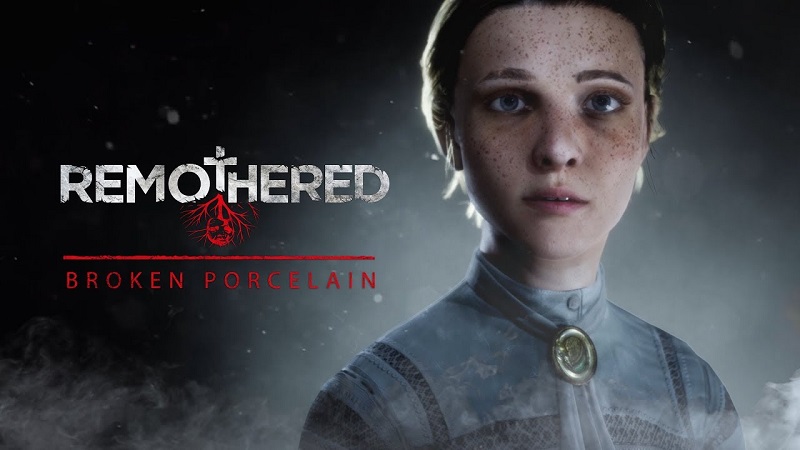
It is mid-October, which means it is time for sweaters, pumpkins, and a full slate of horror game releases. Remothered: Broken Porcelain is on the list of new October games, and it fits right in with the slow burn of autumn in 2020. First thing’s first, we reviewed this game on PC, but I also purchased the game on PS4 and played through the first half on that console. On release, the PS4 version was completely unplayable due to issues with characters getting stuck, missing prompts, and the hilarious but game-breaking bug of running while crouched. By the next morning, when I went to write an article about that, a patch had fixed that issue. The game is now just as functional on PS4 as it is on PC. That said, there are a lot of ghosts in this machine.
For those who are new to the series, Remothered is a trilogy of games that begin with Remothered: Tormented Fathers. In Tormented Fathers, players take the role of Rosemary Reed as she works to uncover the mystery behind a young girl’s disappearance some twenty years prior. She finds herself trapped in a creepy mansion with a homicidal older man intent on taking all of the home’s secrets to his grave. Rosemary is happy to oblige that wish and moves on to the next person known to have seen the missing girl, the owner of the Ashmann Inn. This is where Remothered: Broken Porcelain comes in. Players take on the role of two young girls working at the inn before the aforementioned disappearance, Lynn and Jennifer, as well as Rosemary in the current day. While the story does hop between the two timeframes quite a bit, it is easy to grasp the setting of any given scene and keep up with things by looking for Rosemary or one of the teenage girls. Rosemary is in the current time, and the girls are in the past. Easy peasy.
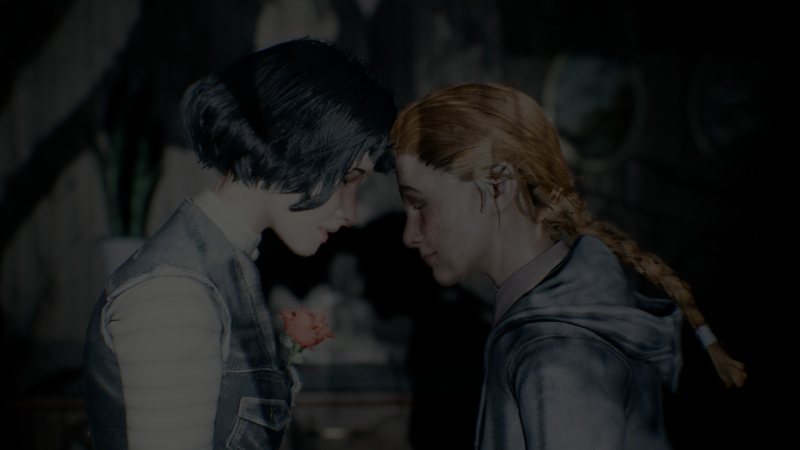
It is also worth noting that Remothered is strongly influenced by Clock Tower, which is incredibly apparent in the first game. Changes between Tormented Fathers and Broken Porcelain bring Remothered more into its own. While Clock Tower is still an inspiration, Broken Porcelain feels more like a love note to Clock Tower, rather than a full sonnet. The thought that recurred to me often as I played through Broken Porcelain was that I really, really wanted this game to be longer, as it reminded me very much of The Evil Within. I loved that game, even with all of its quirks; a game can be good in spite of technical issues. A bad game developed with perfect technical precision cannot. Remothered: Broken Porcelain is a good game, but it definitely has idiosyncrasies that will turn some players off.
Some of the issues I have are more of a technical choice than a true bug. Button mapping is minimal, so all interactions share a button. This is my biggest gripe, as it is directly responsible for the vast majority of gameplay issues. Trying to sneak up and kill an enemy should not really result in reading a framed article on the wall instead. [Editor’s note: This was corrected in a patch after we completed our review, along with several other quality of life improvements.]
The interaction for opening and closing drawers is mapped to the same key as picking up an item; precious time is lost opening and closing and reopening and accidentally reclosing and reopening and carefully positioning the cursor and then FINALLY picking up the item. You get the hang of it by the end of the first chapter, but it definitely presents a bit of a learning curve.
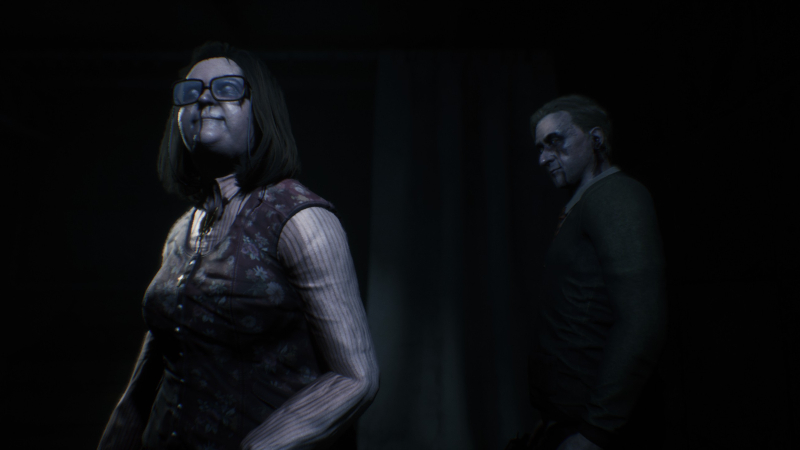
Similarly, the number of items you can carry dropped immensely between the beta preview and release, which actually unimproved the game. You can carry three items and a defense weapon, plus one special weapon when the storyline presents such an opportunity. This would be fine if there were a separate slot for crafting items, as picking up a necessary component fills one of the three slots and forces your character to drop an item. That item may be the one you planned to combine with the component, forcing players into a hasty shuffle to drop a separate item, pick up the components, combine them, then pick up the dropped item to retake that third slot. In a game where you are constantly stalked, and even ingredients are quick to deplete in each level, that’s certainly a choice of game design. Ditto, the decision to have players hide in lockers and chests but not allow them to open their objectives or inventory at all while doing so equally sucks.
My final big gripe with the game’s technical and mechanical weirdness is clipping. There is enough clipping to run a couponing class in the first level and throughout all of the boss fights. Getting stuck in the environment is bad enough, but being slowed to a crawl because you got within a meter of any solid object or trapped on inconsequential decorative items in a tight space with a major fight is infuriating. Every enemy in the game can take you out in about three good hits. They tend to get multiple hits in a row because of the slow animations that absolutely must play each time you are knocked down, check a door, accidentally interact with a nearby object instead of the enemy, or accidentally scroll the mouse wheel and end up setting a delayed trap instead of throwing a bottle. It should be noted at this point, there is no option to skip battles, so this game is not really accessible to players with any hand, motor, or grip disabilities. There may be very few encounters such as this, but the ones that exist are unskippable. One is actually incredibly difficult due to that slowdown issue with getting too close to any solid object.
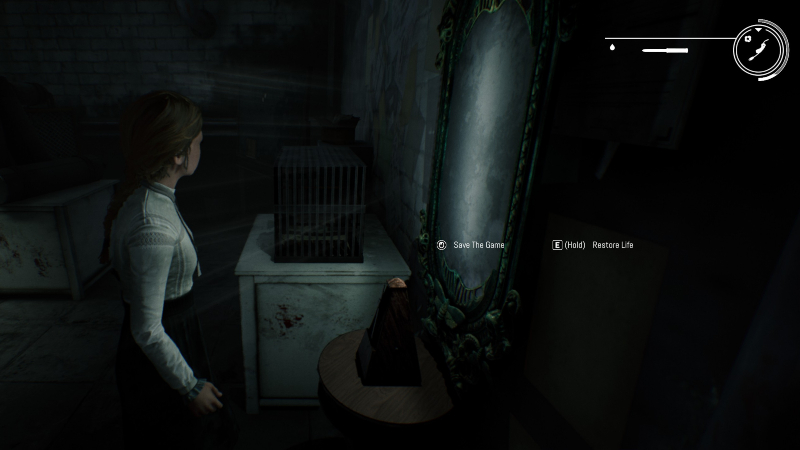
Now that we are past Remothered: Broken Porcelain‘s issues let’s get into the good stuff.
First up, the music and sound design are great. If you do choose to play on a console, use headphones. Directional sound is beneficial for tracking, avoiding, or baiting enemies. There is no visual representation for sound, so this may be harder for players with auditory accessibility needs. Still, I could play levels without any sound at all in a test of soundless playability. I love the musical choices for Remothered, and Remothered: Broken Porcelain really makes me want a vinyl record to add to my collection. The visual quality is great, too. The developers went with a hi-fi vintage look, using low-saturation colors, hazy filters, and grungy textures in different areas to make each level stand apart from the others and keep things fresh as you progress through the game.
Enemy encounters are fun, too. Remothered is stealth-based, requiring players to flank enemies and work around obstacles without head-on battles. Many encounters end with scripted events, which can be a little disconcerting until you get a feel for the game’s rhythm. Once you know how the general explore-battle-scripted encounter setup works, you can mostly avoid wasting hours trying to beat a boss you are not actually meant to beat at all. I finally got to the point of succumbing first to see if it was scripted, then moving along if that did not work. That may irritate some players, but I don’t mind trying different things until I find my way.
This may be a good time to note that I really enjoy the first The Evil Within, and Remothered: Broken Porcelain feels incredibly similar. If you hated that game, Remothered might not be for you, and that’s ok.
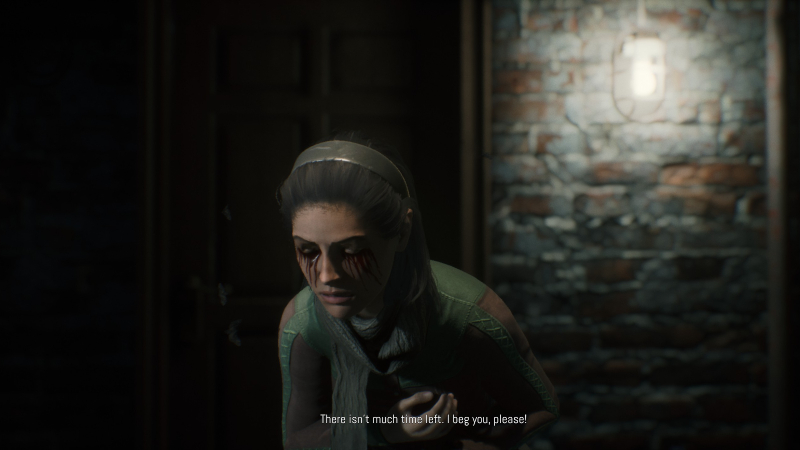
Remothered is a trilogy, and Remothered: Broken Porcelain acts as the first and third chapters while taking a series position as the second game to Remothered: Tormented Fathers. Like Tormented Fathers, Broken Porcelain has an amazing story that can keep you invested long after your five millionth acid-filled teacup attack has failed. Players journey through Broken Porcelain as four different characters by the end of the game and get to know two of these extremely well. The cinematic cutscenes pack a ton of emotion and storyline, and the result is a game that fills in most of the missing pieces left by the Tormented Fathers. I am already jonesing for the next installment to see what happens with the latest character addition. Remothered: Broken Porcelain‘s plot twists more than a Twizzler, so I assume that all of my guesses about what may happen next are wildly incorrect.
Because of the plot twists’ timing and drastic nature, we won’t delve into the plot in this review; to do so would spoil the game. Suffice to say, you are going to be super surprised once you figure out exactly how each character fits into the overarching story of the Remothered series. Everyone has a role here; there are no wasted background characters in this series. New people are introduced, and the basis for the third game is made apparent before the credits roll.
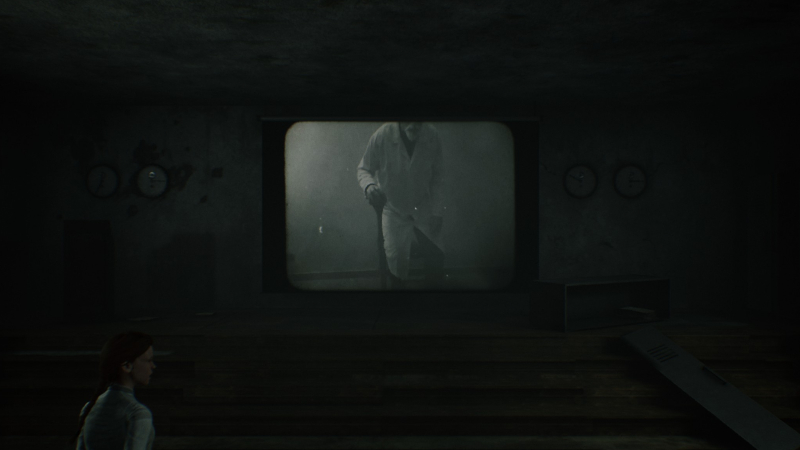
There is a lot to be said for the level of polish on a game. I wish that this one had been delayed a little further. Day-one patches can do a lot to fix player issues, but they make an immediate impact on how your game is perceived. The PS4 and Nintendo Switch versions of Broken Porcelain, at least, needed to have been delayed just another week or so after the PC release to allow for more testing and corrections. The PC version plays as intended, though that comes with some quirks that will turn many players off. It is not broken, though, and the learning curve is no worse than many other games I have played. Few games force stealth and puzzle-solving so hard these days, and I have missed having games in the vein of The Evil Within. It is an underrated encounter style that appears too rarely in well-known games.
While Remothered: Broken Porcelain will absolutely not fit the tastes of all players, it is a treat for those who like and can operate within the stealth mechanics despite some issues that make replaying certain encounters a certainty rather than a possibility. “If at first you don’t succeed, try, try again,” seems to be the motto of these games.
 (6.5 / 10)
(6.5 / 10)
Above Average
 (6.5 / 10)
(6.5 / 10)A PC code was provided by the developer for the purposes of this review.

